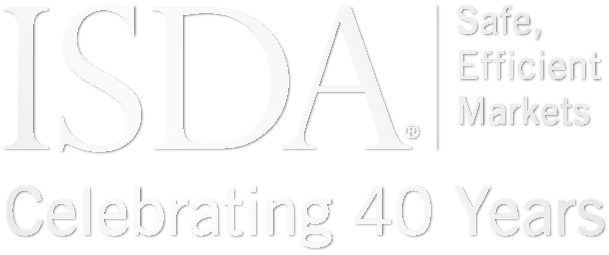In July, ISDA launched a market-wide consultation on technical issues related to new benchmark fallbacks for derivatives contracts that reference certain interbank offered rates (IBORs). The consultation sets out options for adjustments that would apply to the fallback rate in the event an IBOR is permanently discontinued. Following launch of the consultation, ISDA published a webinar describing the consultation, a set of graphs provided by Bloomberg to illustrate the different term and spread adjustments that are under consideration in the consultation and a set of FAQs.
Today, ISDA published updated FAQs covering questions that market participants have raised since ISDA launched the consultation and a second webinar covering many of the FAQs. This webinar assumes that market participants have viewed the first webinar and reviewed the consultation.
The consultation, FAQs, webinars and Bloomberg graphs are available here. As a reminder, responses are due by October 12, 2018.
Latest
From Milestone to Modernization
We’re coming to the end of an exceptionally busy year at ISDA, in which we celebrated our 40th anniversary and doubled down on our enduring commitment to safe and efficient derivatives markets. Reflecting on ISDA’s achievements since 1985, it’s clear...
Response on ASIC Derivative Transaction Rules
On December 3, ISDA submitted a response to the Australian Securities and Investments Commission (ASIC) consultation on the remake of the ASIC Derivative Transaction Rules (Clearing) 2015, which are due to sunset on April 1, 2026. ASIC proposed to remake...
IRD Trading Activity Q3 2025
This report analyzes interest rate derivatives (IRD) trading activity reported in Europe. The analysis is based on transactions publicly reported by 30 European approved publication arrangements (APAs) and trading venues (TVs). Key highlights for the third quarter of 2025 include:...
Ardagh Credit Event Processing and Trading
The Credit Derivatives Determinations Committee announced on December 15 that a restructuring credit event has occurred with respect to Ardagh. An ISDA Credit Market Infrastructure Group call was held on December 15 to discuss the processing of this event. The...



